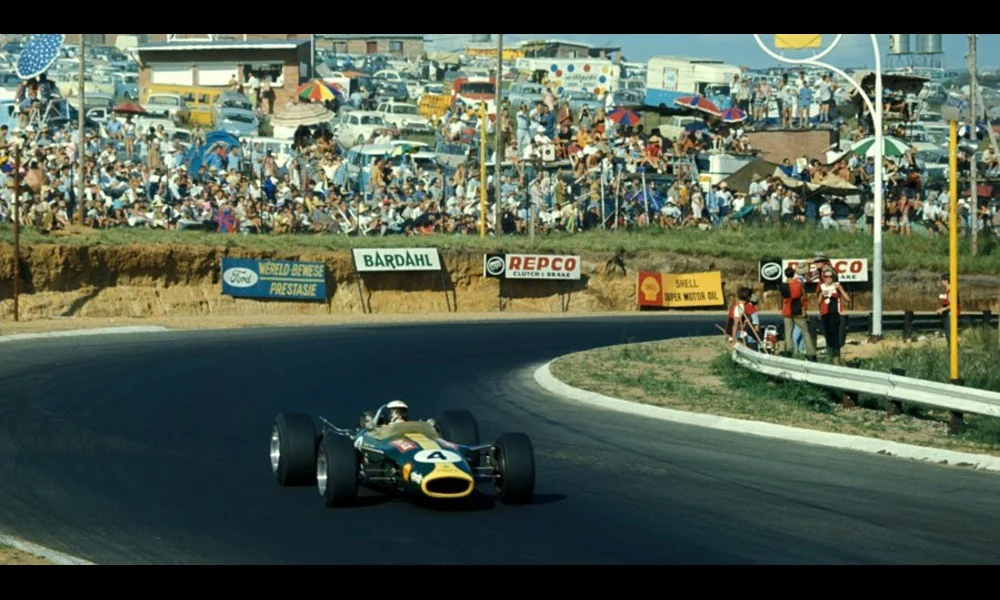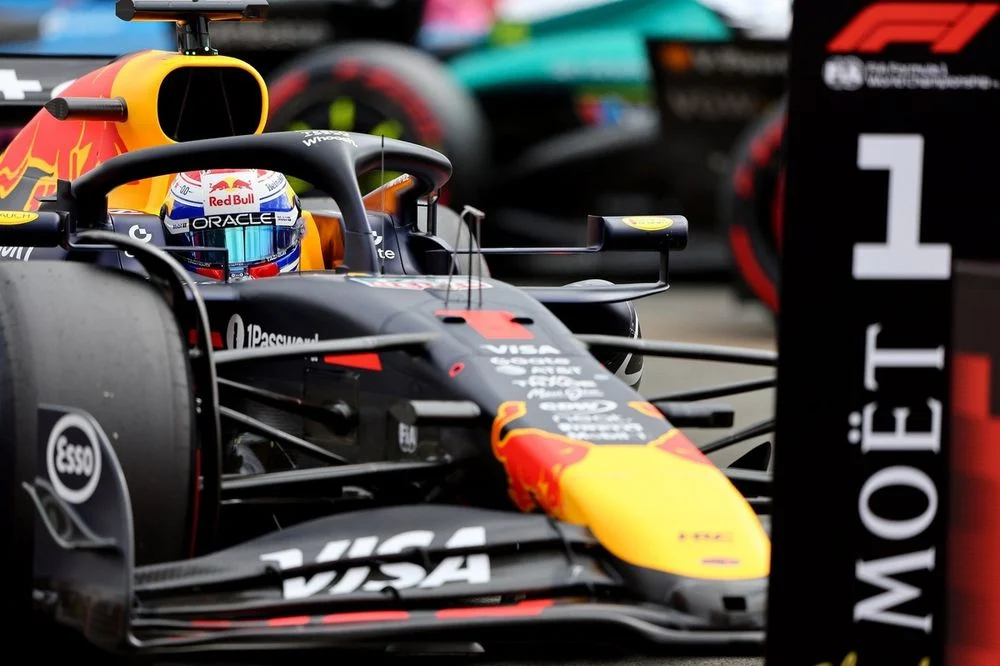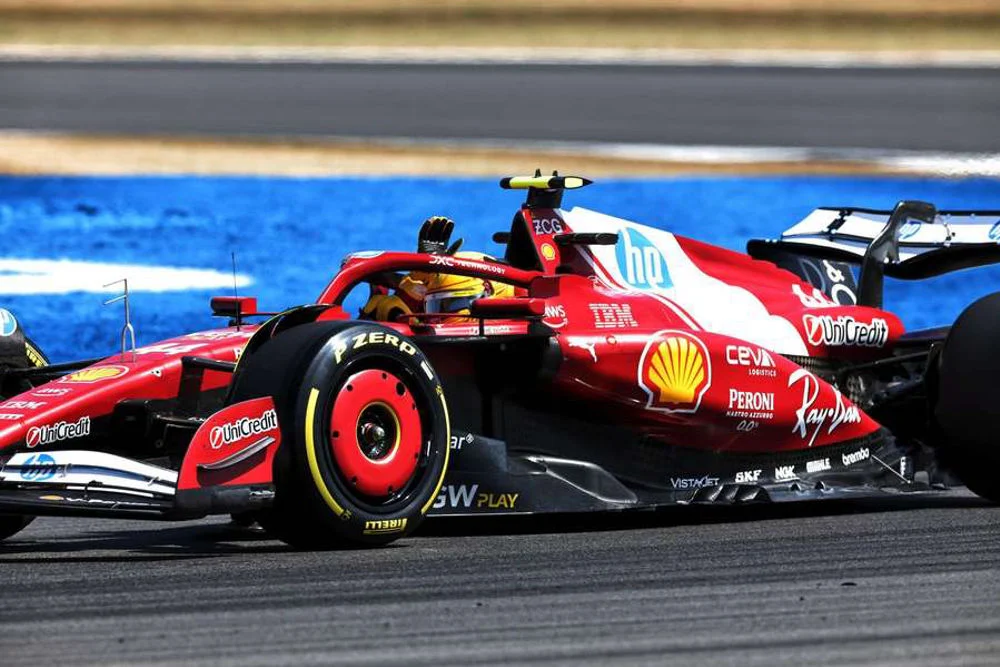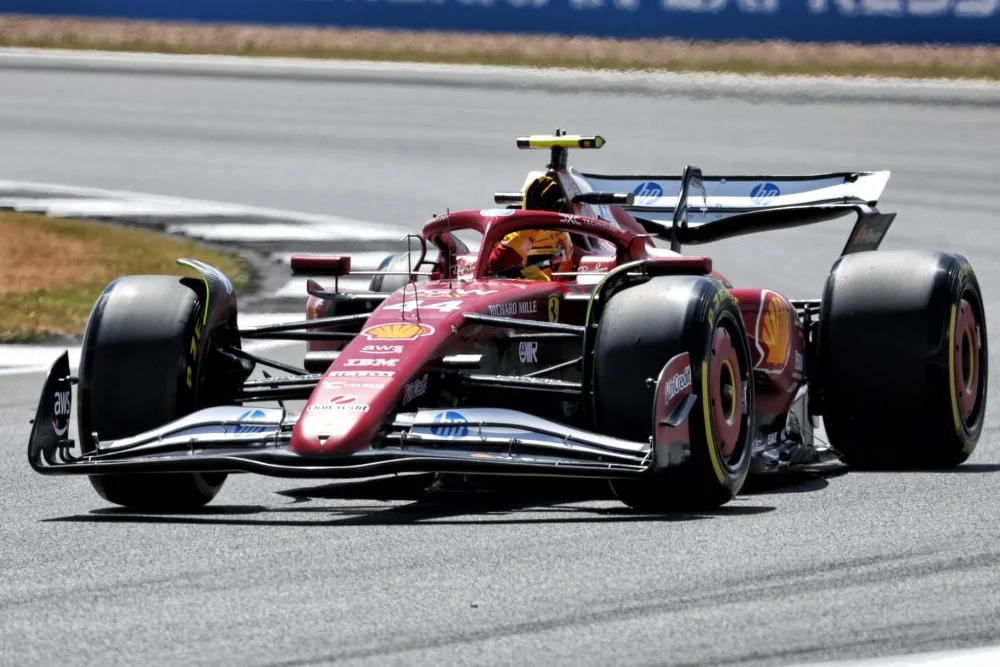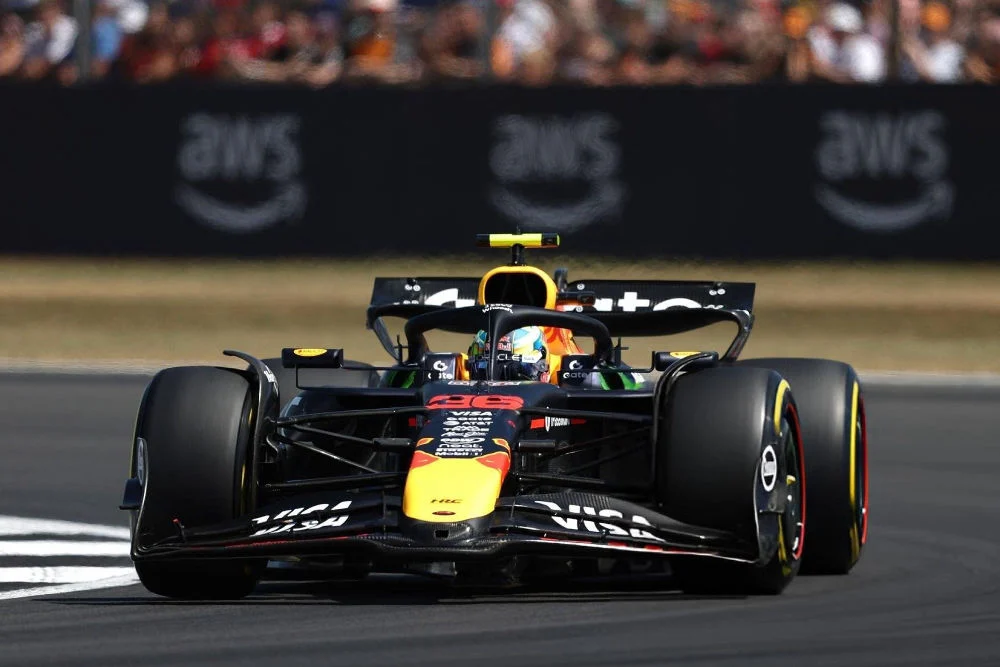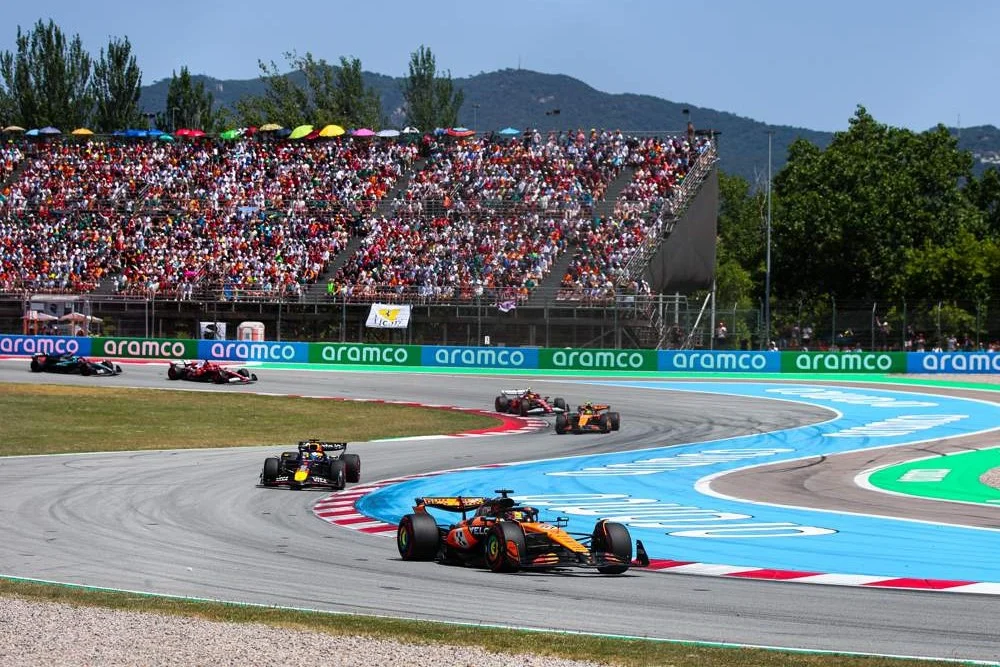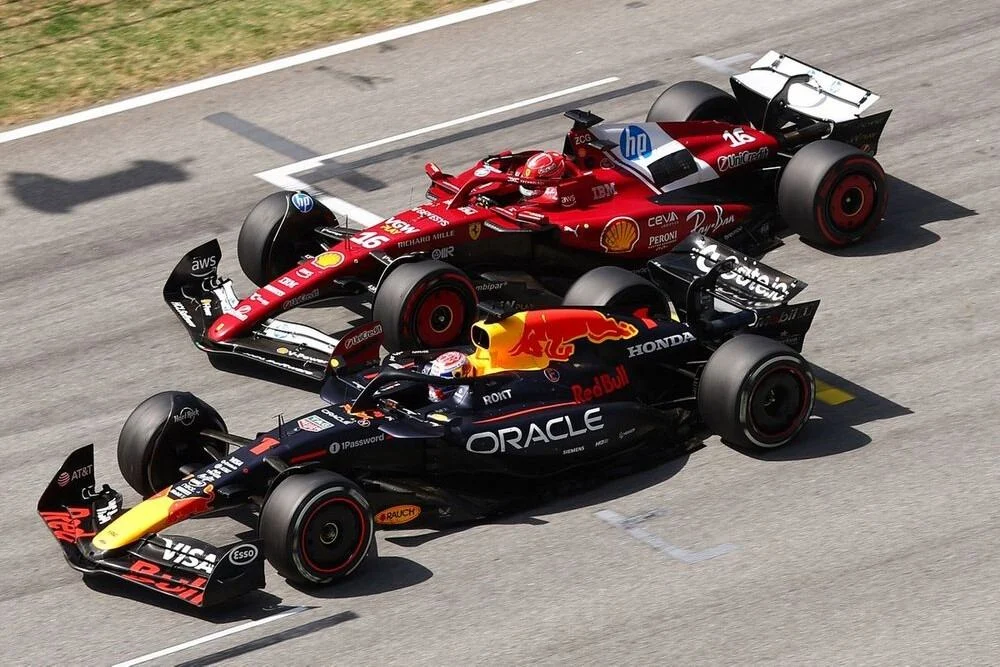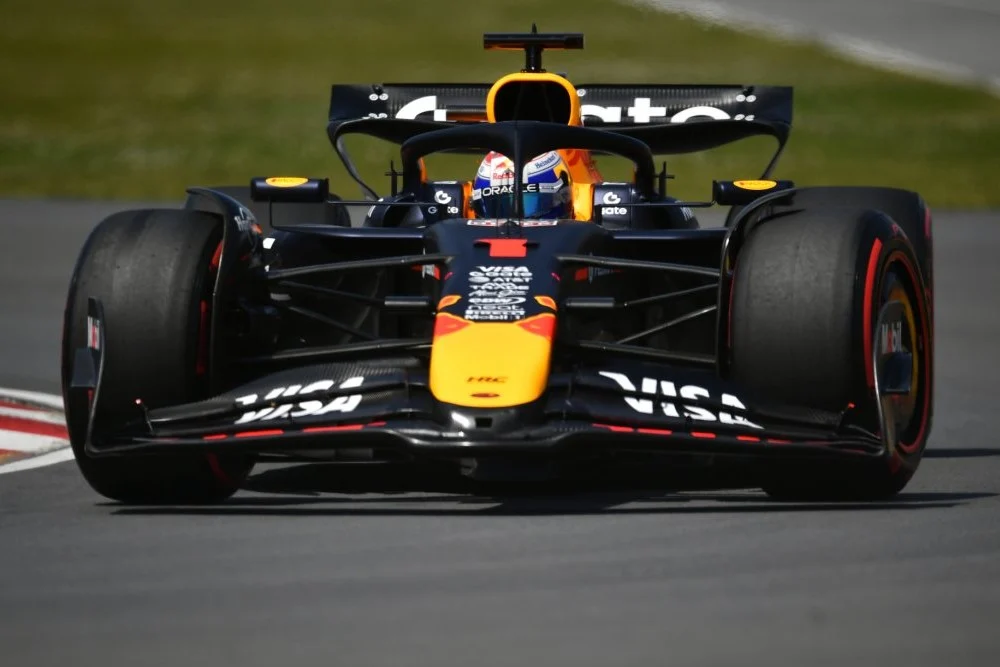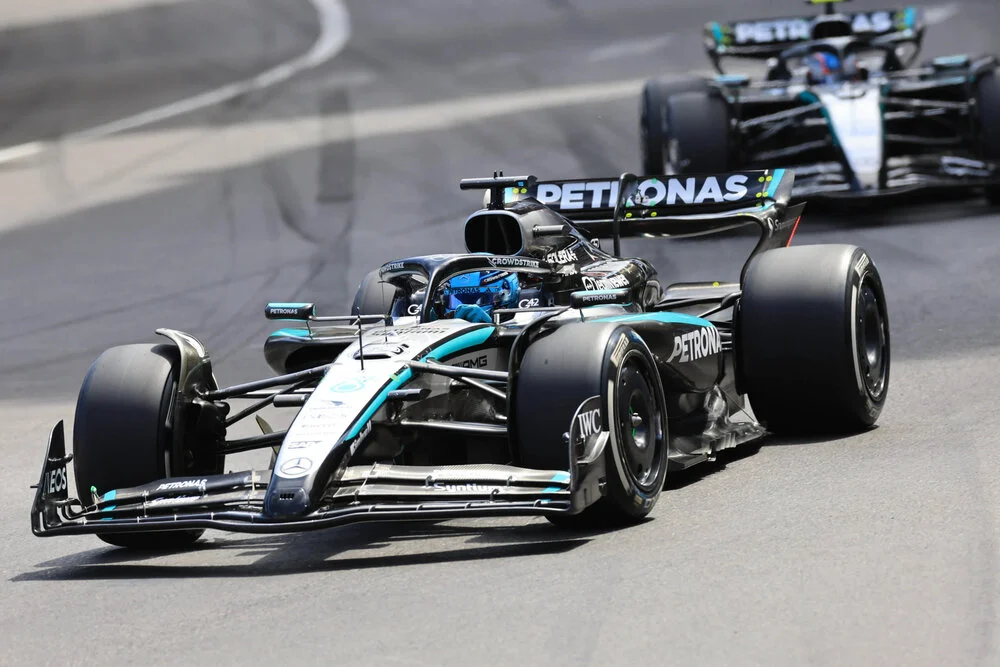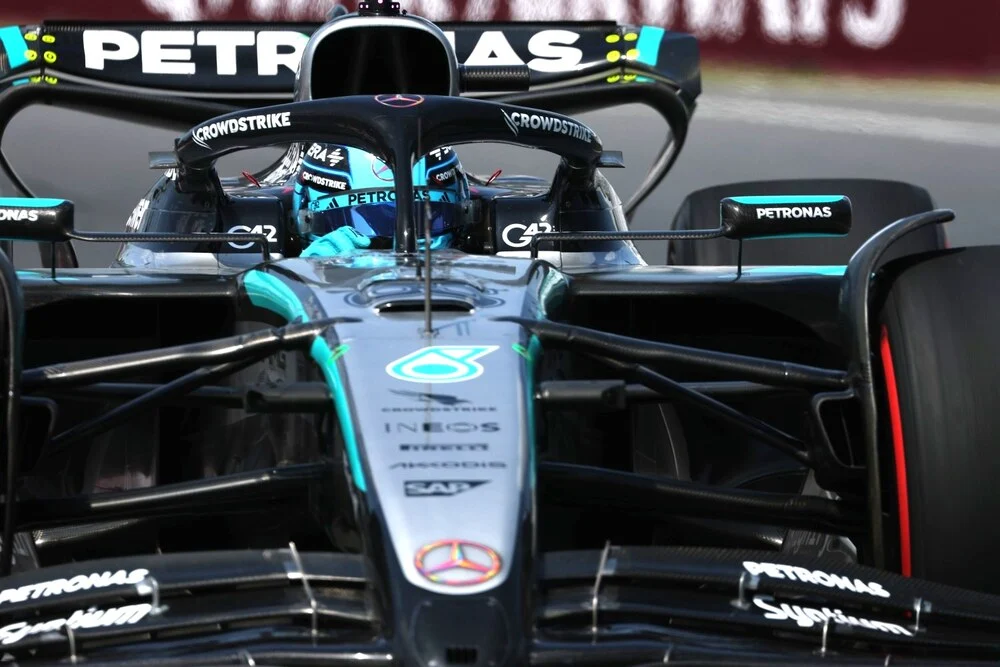In the annals of Formula 1 history, the occurrence of F1 Grand Prix races around New Year’s Day stands out as a unique chapter that reflects the sport’s evolution and its ties to seasonal traditions.
The most notable instances of F1 racing during this festive period occurred in the 1960s, particularly with the South African Grand Prix, which not only marked the beginning of a new year but also represented significant milestones in the careers of legendary drivers.
The first instance of a F1 Grand Prix race held around New Year’s Day was on January 2, 1965, at the Kyalami circuit in South Africa. This race was significant as it opened the season just two days after the previous year’s final race, highlighting a time when the F1 calendar was less rigid than it is today.
The event was won by Jim Clark, driving for Lotus, who showcased an extraordinary performance that set the tone for his successful season.
Clark’s victory on New Year’s Day was not just a personal triumph; it underscored his dominance in the sport during that era. He would go on to win again on January 1, 1968, further solidifying his legacy as one of F1’s all-time greats.
The tradition of holding races in January and February was not uncommon during this period. In fact, from 1953 until 1982, a total of 27 world championship races took place in these months.
The early years of Formula 1 were characterized by a more fluid race schedule, often dictated by weather conditions and logistical considerations rather than strict adherence to a calendar year.
For instance, Argentina hosted its inaugural Grand Prix on January 18, 1953, which became a staple event for many years due to its favorable summer climate.
South Africa emerged as a prominent location for early-season races after Argentina’s decline in hosting duties. The East London circuit first welcomed Formula 1 in December 29 1962, where Graham Hill clinched his first World Championship title.
The following years saw Kyalami become synonymous with New Year’s Day racing. The allure of warm summer weather contrasted sharply with the cold winter months experienced in Europe, making it an attractive option for teams and drivers alike.
The significance of these January races extends beyond mere statistics; they were pivotal moments that shaped the careers of several drivers.
For example, Jim Clark’s victory on January 1, 1965, was part of a remarkable season that showcased his unparalleled skill and determination. His subsequent win in 1968 not only marked his second New Year’s victory but also made him the first driver to surpass Juan Manuel Fangio’s long-standing record for most F1 Grand Prix race wins at that time.
However, these early races were not without their challenges. The logistics of transporting teams and equipment to South Africa posed significant hurdles as teams often faced tight schedules and limited preparation time between seasons.
Yet, despite these challenges, the excitement surrounding these early-season races drew large crowds and generated considerable media attention.
As Formula 1 evolved into a more commercialized sport with a global audience, the practice of holding races at the start of the year gradually diminished. By the late 1980s and into the new millennium, F1 teams began prioritizing testing and car development over racing during this period.
The shift reflected broader changes within motorsport as teams sought to maximize their competitive edge through extensive pre-season preparations.
Today’s Formula 1 calendar is meticulously planned to ensure that each race contributes to an overarching narrative throughout the season. The introduction of new venues and an expanded global footprint has transformed how teams approach their racing strategies.
While January races have become a relic of the past, they remain an essential part of F1 history that evokes nostalgia among fans and historians alike.

